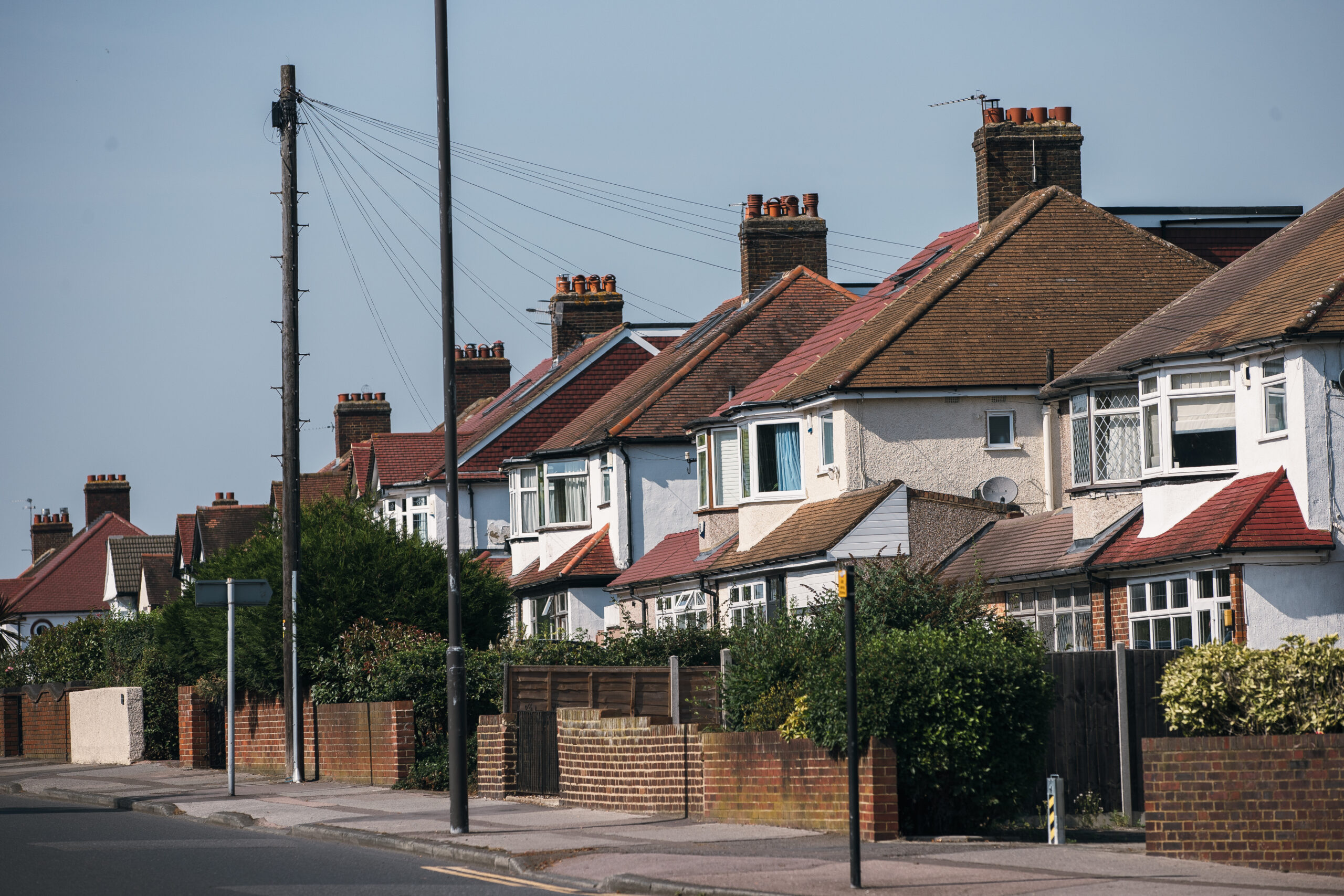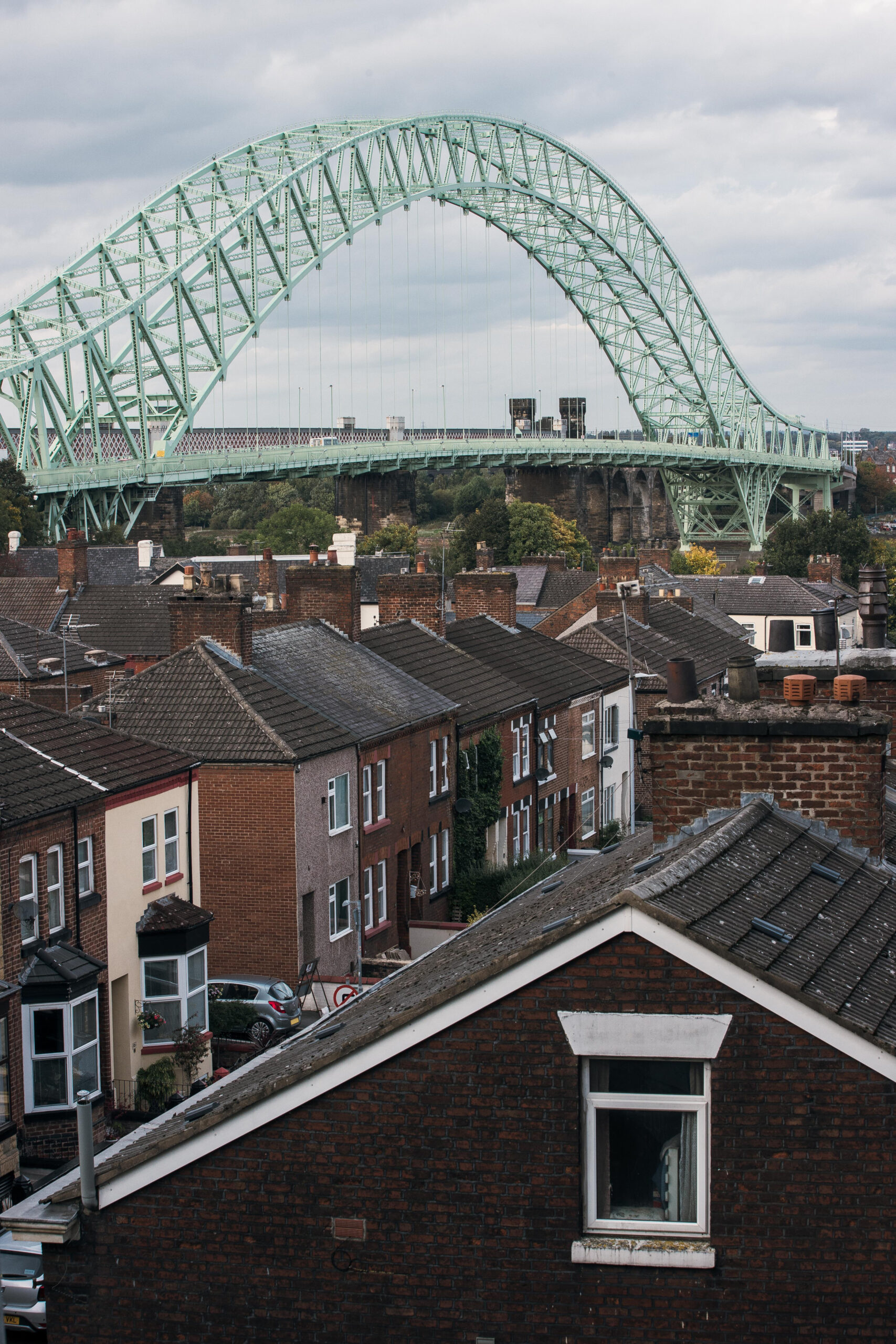Campaigning for affordable rents with Crisis
Why affordable rents matter
Having somewhere to call home is essential to support our health and wellbeing. Somewhere that keeps us warm and makes us feel safe. Somewhere affordable where we can put down roots: connecting us to our friends, family and local community, our work and the shops and services we need to get by.
But right now, the cost of living and unaffordable rents across the UK mean that many of us are struggling to keep a decent roof over our heads, forcing a rising number of people into homelessness.
With our support, our member Crisis is shining a light on the extent of the housing affordability crisis in the UK, which is forcing people into homelessness and unfit accommodation that harms their health.
High rents can stretch household budgets, making people choose between heating their homes or buying food. As rents keep rising, more people are turning to food banks, and fuel poverty is leaving homes cold and damp.
Renters often have to make tough choices about their living conditions, and many are hesitant to report problems like mould or poor heating to their landlords because they know they can’t afford to move somewhere else.
Their report highlights how unaffordable private rents contribute to health inequalities and homelessness. They found:
- Fewer than three in every 100 privately rented properties (2.5%) listed in England are affordable for people on housing benefits (Local Housing Allowance). When looking at the picture across Great Britain, it rises to just 2.7%.
- There’s a big gap between what you can afford on housing benefits and the cheapest 30% of rents. Based on data from Zoopla, households in Britain are being forced to find, on average, an additional £337 a month for a one-bed, £326 for a two-bed and £486 for a three-bed home.
- People with less money in their pocket are more likely to sleep rough or stay in poor quality temporary accommodation due to the growing gap between housing benefit and average rent costs.
- Freezes to housing benefit rates (in effect from 1 April 2025 until 2026) will push more people out of the private rented sector and into homelessness, piling further pressure on local authorities whose temporary accommodation bill already stands at £2.3bn.
Only 2.5% of privately rented properties in England are affordable for people on housing benefits.
Households in Britain are being forced to find, on average, an additional £337 a month for a one-bed, £326 for a two-bed and £486 for a three-bed home.
But it doesn’t have to be like this. There are ways to improve access to decent, genuinely affordable homes so that everyone has the benefit of this essential building block for good health and wellbeing. Here are some of their recommendations:
- Increasing social housing supply and ensuring that the long-term housing plan delivers the social housing needed – 90,000 social rented homes for the next 15 years – to meet current and future housing needs.
- Increasing Local Housing Allowance (LHA) so that it covers the cost of rent of at least the bottom 30% of market rents.
- Scrapping the benefit cap so that rises in LHA reach all households.
- Making it easier to get into private renting by limiting when landlords can ask for a guarantor, helping to remove those upfront financial hurdles.
- Prevent rent hikes by limiting annual rent increases to the lowest of either inflation or wage growth for the duration of the tenancy, through the Renters Rights Bill.
Find out the percentage of affordable rental properties in your local area by visiting Crisis’ interactive map.
If you want to support Crisis in their call for the government to address the affordability and quality of homes in the private rented sector by raising Local Housing Allowance (LHA) – ensuring that it continues to cover at least the bottom 30% of rents, write to your MP below.




